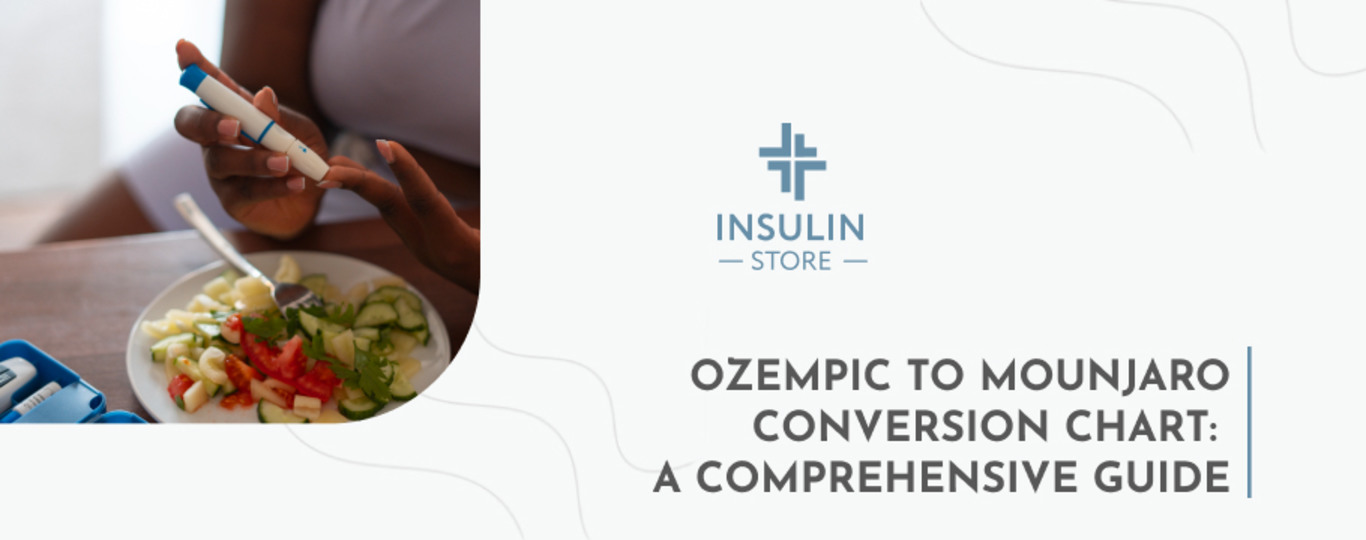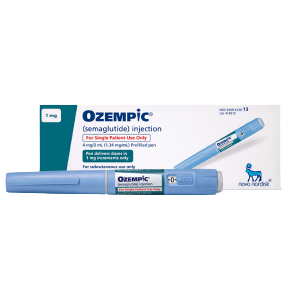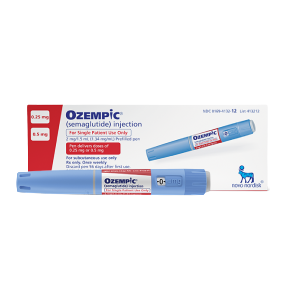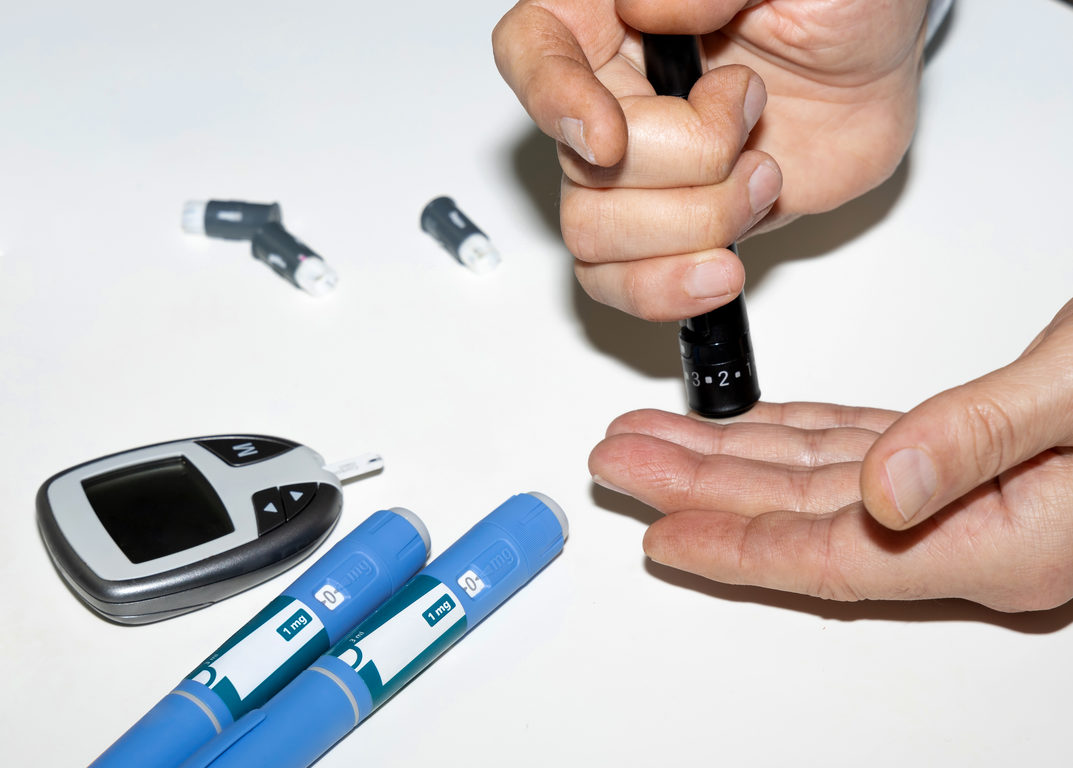
Ozempic to Mounjaro Conversion Chart: A Comprehensive Guide
Switching from one medication to another can be a complex process, particularly when dealing with drugs involved in diabetes management. With the rise of innovative treatments for type 2 diabetes, patients and healthcare providers are often faced with the challenge of transitioning between these medications to achieve optimal therapeutic outcomes. One such scenario is the switch from Ozempic to Mounjaro. In this comprehensive guide, we will explore the essentials of a conversion chart, delve into what Mounjaro and Ozempic are, and provide a step-by-step guide to transitioning between these two medications safely and effectively.
What Is a Conversion Chart?
A conversion chart is a vital tool used in medicine to ensure that patients receive equivalent therapeutic effects when switching from one medication to another. These charts typically provide dosage equivalencies, allowing healthcare providers to adjust dosages accurately, considering the differences in potency, duration of action, and other pharmacokinetic properties of the medications involved.
Conversion charts are commonly used in areas like pain management, where patients may need to switch between different opioids, or in diabetes care, where transitioning between different types of insulin or oral medications is necessary. In the context of changing from Ozempic to Mounjaro, a conversion chart helps determine the appropriate dose of Mounjaro that would provide similar glucose control and weight management effects as the patient experienced with Ozempic.
Conversion charts are not one-size-fits-all; they must be interpreted in the context of individual patient needs, including their current health status, any comorbid conditions, and how they have responded to previous treatments. Additionally, conversion should always be supervised by a healthcare provider to ensure patient safety and efficacy.
| Category | Ozempic | Mounjaro |
|---|---|---|
| Generic Name | Semaglutide | Tirzepatide |
| Mechanism of Action | GLP-1 receptor agonist to enhance insulin secretion | GLP-1 and GIP receptor agonists to enhance insulin secretion and promote satiety |
| Administration | Subcutaneously, weekly | Subcutaneously, weekly |
| Efficacy | Reduction in HbA1c and weight loss | Even more significant reduction in HbA1c and weight loss |
| Side Effects | Nausea, vomiting, diarrhea | Even more pronounced nausea, vomiting, diarrhea |
| Available Dosage | 0.5 mg, 1 mg, 2 mg | 2.5 mg, 5 mg, 7.5 mg, 10 mg, 12.5 mg, 15 mg |
| Dosage Conversion | ||
| Ozempic Dosage | Mounjaro Equivalent Dosage | Notes |
| 0.5 mg | 2.5 mg | Starting dose for both medications. Used for initial titration. |
| 1 mg | 5 mg | Common maintenance dose for both drugs to maintain glucose control. |
| 2 mg | 7.5 mg | Higher dosage for greater HbA1c reduction and weight loss effects. |
| – | 10 mg, 12.5 mg, 15 mg | Mounjaro offers higher doses for more aggressive treatment, not available in Ozempic. |
You can also download the chart in PDF format.
What Is Ozempic?
Ozempic is a once-weekly injectable medication used to manage blood glucose levels in adults with type 2 diabetes. Its active ingredient, semaglutide, belongs to a class of drugs known as GLP-1 receptor agonists. These drugs work by mimicking the action of the glucagon-like peptide-1 (GLP-1) hormone, which stimulates the secretion of insulin, reduces glucagon release, and slows gastric emptying. The result is improved blood sugar control and, in many cases, significant weight loss.
Key Features of Ozempic
- Mechanism of Action: Ozempic enhances insulin secretion in response to meals, reduces glucagon secretion, and slows gastric emptying, leading to better postprandial glucose control. In other words, it does a great job when it comes to the stimulation of insulin release.
- Dosage: Ozempic is typically administered as a subcutaneous injection once a week. It is available in different strengths, with common doses being 0.5 mg, 1 mg, and 2 mg.
- Efficacy: Clinical studies have shown that Ozempic can significantly reduce HbA1c levels and support significant weight loss in individuals with type 2 diabetes.
- Side Effects: The most common side effects include nausea, vomiting, diarrhea, and abdominal pain. Sometimes, mild allergic reactions are also possible. These symptoms often subside as the body adjusts to the medication.
- Limitations: Ozempic cannot be used for effective diabetes management if a patient has an allergy to semaglutide in their personal or family history. Furthermore, it is contraindicated for a patient with a severe illness (such as kidney failure).
Since taking Ozempic has a wide range of potential benefits, it has become a popular choice for patients who require more than just oral antidiabetic medications to manage their condition, offering the dual benefits of glycemic control and more than-average weight loss.
Suppose you would like to buy Ozempic from a Canadian pharmacy, check out Insulin.Store. This way, you will be able to take advantage of beneficial prices and wholesale discounts. Place your order today to enjoy the reasonable Ozempic price.
What Is Mounjaro?
Mounjaro, known generically as tirzepatide with sodium phosphate dibasic heptahydrate in its composition, is a relatively new addition to the armamentarium of medications for type 2 diabetes. Mounjaro is a dual medication (namely, a GLP-1 receptor agonist and, at the same time, a GIP receptor agonist), meaning it not only targets the GLP-1 receptor-like Ozempic but also stimulates the glucose-dependent insulinotropic polypeptide (GIP) receptor. This dual action offers an enhanced mechanism to improve glucose control and promote weight loss, making Mounjaro a potent option for managing type 2 diabetes.
Key Features of Mounjaro
- Mechanism of Action: Mounjaro works by activating both GLP-1 and GIP receptors, enhancing the secretion of insulin, reducing glucagon release, creating additional glycemic control, and promoting satiety, leading to reduced food intake and weight loss.
- Dosage: Like Ozempic, Mounjaro is administered as a subcutaneous injection once a week. It is available in doses ranging from 2.5 mg to 15 mg.
- Efficacy: Mounjaro has demonstrated significant reductions in HbA1c levels and substantial weight loss in clinical trials, often outperforming GLP-1 receptor agonists like Ozempic and other medications that lead to decreased appetite (especially when it comes to reducing body weight).
- Side Effects: Common side effects include gastrointestinal symptoms such as nausea, vomiting, and diarrhea. The dual agonism of GLP-1 and GIP receptors can lead to more pronounced side effects, particularly during the initiation of therapy.
- Limitations: Mounjaro should not be used if a patient has an allergy to any component in its composition. As well, it is contraindicated if a patient lives with a serious disease (for instance, medullary thyroid cancer or cardiovascular events).
Mounjaro’s dual mechanism of action and its impressive results in clinical trials have positioned it as a promising alternative for patients who may need more robust treatment than what is offered by GLP-1 receptor agonists alone.
How Can You Switch from Ozempic to Mounjaro?
Switching from Ozempic to Mounjaro requires careful planning and execution to ensure that the transition is smooth and that blood glucose levels remain stable. Below is a guide on how to make this switch safely.
Consult Your Healthcare Provider
Before making any changes to your medication regimen, it is crucial to consult your healthcare provider. They will assess your current health status, including your HbA1c levels, weight, and any other relevant medical conditions, to determine if switching to Mounjaro is appropriate for you. Your healthcare provider will also provide personalized guidance on the correct dosage and how to manage any potential side effects during the transition. Additionally, do not forget to consult with your healthcare provider regarding the cost and insurance coverage of Mounjaro after the switch.
Understand the Dosage Conversion
One of the most critical aspects of changing from Ozempic to Mounjaro is understanding how to convert the dosage (or, in other words, how to adequately change the Ozempic dose into the Mounjaro dose). Because these medications differ in their mechanisms of action and potency, direct milligram-to-milligram conversion of a typical maintenance dose is not possible. Instead, your healthcare provider will use a conversion chart to determine the starting dose of Mounjaro based on your current dose of Ozempic.
For example:
- If you are on Ozempic 0.5 mg weekly, your healthcare provider may suggest starting with Mounjaro 2.5 mg weekly.
- If you are on Ozempic 1 mg weekly, your healthcare provider might recommend Mounjaro 5 mg weekly.
- If you are on Ozempic 2 mg weekly, your provider could consider initiating Mounjaro at 7.5 mg weekly.
These starting doses are examples, and the actual dose may vary depending on individual patient factors. It is the task of a healthcare provider to define the lowest, optimal, and highest dose of both Ozempic and Mounjaro you are supposed to take. Moreover, it is essential to mention that your last Ozempic dose will usually be lower than your first Mounjaro dose (since the new medication requires a bit higher doses to provide the results you are used to).
Keep in mind that the maximum recommended dose of Mounjaro (or, in other words, the maximum dosage of the medication) should be defined exclusively by a certified healthcare provider in order to ensure a successful conversion from Ozempic. Moreover, it is his or her task to define whether a patient needs to use a higher or lower dose of the medication based on his or her medical history.
Monitor Your Blood Glucose Levels
After changing from Ozempic to Mounjaro, closely monitor your blood glucose levels, especially in the first few weeks. This will help ensure that the new medication is effectively controlling your blood sugar without causing hypoglycemia or other adverse effects (or, in other words, careful monitoring of your blood glucose levels substantially helps with the successful conversion from one medication to another). Thus, keep a log of your medication intakes and report any significant changes to your healthcare provider.
Be Prepared for Side Effects
Both Ozempic and Mounjaro can cause gastrointestinal side effects such as nausea, vomiting, and diarrhea, particularly when starting or changing the dose. When changing from Ozempic to Mounjaro, you might experience these side effects more intensely due to the dual action of Mounjaro. To minimize discomfort:
- Start with the lowest effective dose: Your healthcare provider will likely start you on the lowest possible dose of Mounjaro to reduce the risk of side effects.
- Take the medication with food: This can help mitigate nausea.
- Stay hydrated: Drink plenty of water to help manage gastrointestinal symptoms.
If side effects are severe or persistent, contact your healthcare provider for advice. They may adjust your dosage or provide additional treatment options to manage these symptoms.
Schedule Follow-Up Appointments
Regular follow-up appointments with your healthcare provider are essential to monitor your response to Mounjaro. During these visits, your provider will check your HbA1c levels, assess any side effects, and adjust your dosage if necessary. Follow-up appointments are also an opportunity to discuss any concerns you may have about the new medication and to ensure that it is working effectively for you.
Consider Lifestyle Modifications
Switching medications is just one part of managing type 2 diabetes. To maximize the benefits of Mounjaro, consider incorporating lifestyle modifications such as diet and exercise. A balanced diet, regular physical activity, and maintaining a healthy weight can enhance the effectiveness of your medication and improve your overall health.
Please note that combining Mounjaro and Ozempic leads to an increased risk of unwanted complications. It is of vital importance to complete the conversion process from one medication to another, as well as do all the necessary dosage adjustments (including the definition of the recommended starting dose of the medication) before the new treatment initiation. Make sure to consult with your healthcare provider in this regard.
Final Words
Transitioning from Ozempic to Mounjaro can be a beneficial step for many patients with type 2 diabetes, offering the potential for improved blood sugar control and greater weight loss (despite the fact that both Mounjaro and Ozempic are effective diabetes management medications with an extensive list of potential benefits). However, this switch must be carefully managed to ensure patient safety and medication efficacy. A conversion chart is an invaluable tool in this process, helping healthcare providers determine the appropriate dosage of Mounjaro based on the patient’s current Ozempic regimen.
As with any medication change, it is essential to work closely with your healthcare provider, monitor your blood glucose levels, and be mindful of potential side effects. By following the guidelines outlined in this article, patients can make a smooth and successful transition from Ozempic to Mounjaro, ultimately achieving better control over their diabetes and improving their quality of life.




